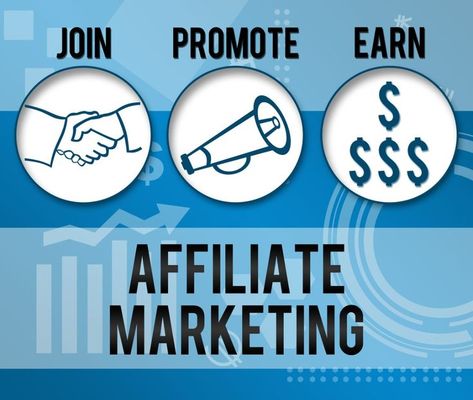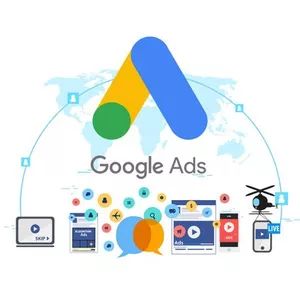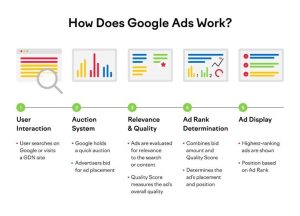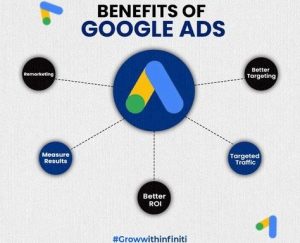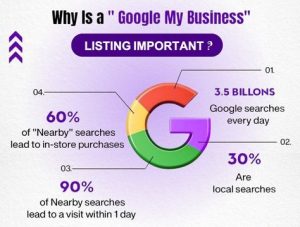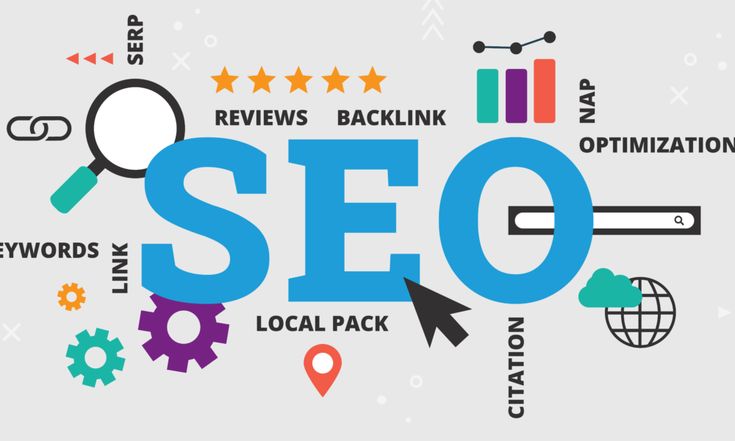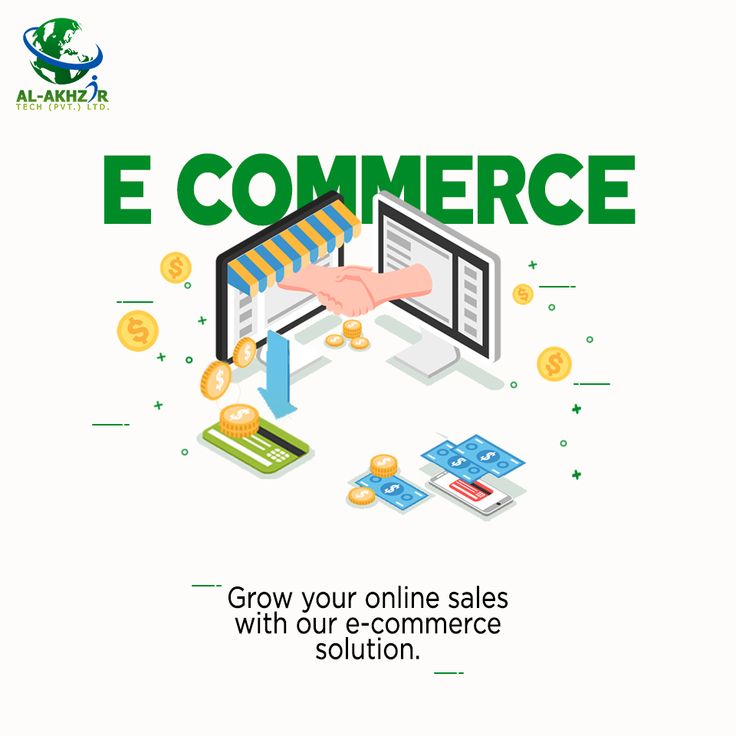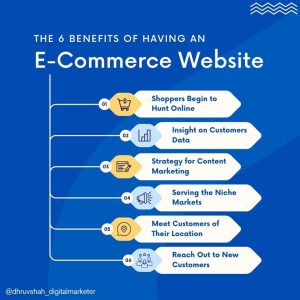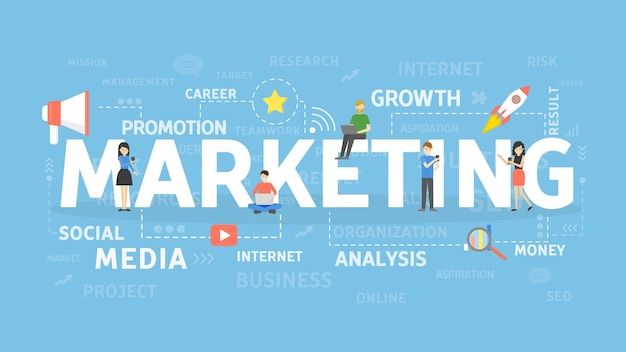How to Earn Passive Income Online Without Investment
Affiliate marketing is now one of the most powerful and beginner-friendly ways to earn money online. Students, job seekers, freelancers, and business owners can earn passive income online by promoting other companies’ products — no need to create their own.
This blog will explain what affiliate marketing is, how it works, how to get started from scratch, and how you can earn consistently in 2025.
What is Affiliate Marketing?
Affiliate marketing is a system in which you recommend or promote the products or services of other companies.When a user makes a purchase through your unique affiliate link, you receive a commission for the referral. Example: …
You promote a mobile on Amazon using your affiliate link. If someone clicks that link and buys the phone, Amazon pays you a percentage of the sale. The company handles everything — delivery, support, payment — and you just earn for recommending it.
This way, you:
-
Don’t need to create a product
-
Don’t need to handle customer queries
-
Don’t need any office or inventory
Just a mobile or laptop with internet is enough to start.

How Does Affiliate Marketing Work?
It works through a simple 4-step process:
1. Join an Affiliate Program
Find a company that offers an affiliate program. Many brands and platforms offer free sign-ups for beginners, like:
-
Amazon Associates (Physical products)
-
Flipkart Affiliate
-
Coursera/Udemy (Online courses)
-
Bluehost/Hostinger (Web hosting)
-
ClickBank (Digital products)
After signing up, you’ll get access to your own affiliate dashboard.
2. Get Your Unique Affiliate Link
Every product you promote has a unique tracking link tied to your ID. This link tells the company that you referred the customer.
Even if someone buys the product after a few days (usually within 24–30 days), you’ll still earn your commission — because the link is being tracked via cookies.
3. Promote the Product via Content
This is the most important step. You need to share helpful content and place your affiliate link in that content. Use:
-
YouTube videos
-
Instagram Reels
-
Blog posts or articles
-
Facebook, Telegram, WhatsApp Groups
-
Email newsletters
The more trustful and problem-solving your content is, the higher your chances of earning.
4. Earn Money on Every Sale

When someone clicks your link and makes a purchase, you earn a fixed percentage or amount as commission.
For example:
-
If a course costs ₹2,000 and your commission is 30%, you earn ₹600.
-
If you promote a hosting plan worth ₹3,000 and the company offers ₹1,000 per referral, you get ₹1,000 straight.
Real-Life Example of Affiliate Marketing
Let’s say you are a tech YouTuber. You make a video:
“Best Laptops under ₹50,000 for Students”
In your video description, you add affiliate links to each laptop (from Amazon or Flipkart).
If your video gets 5,000 views and just 50 people buy using your link — and each gives you ₹500 commission — you earn ₹25,000 passive income without selling anything yourself.
That’s the power of affiliate marketing!
Why Affiliate Marketing is Best for Beginners
Zero Investment Needed
You don’t need to invest money in products, storage, or advertisements. Most affiliate programs are free.
No Technical Skills Required
Even if you’re not a techie, you can do this. Just basic internet knowledge is enough.
Works 24×7 – Even While You Sleep
Once your content is published, it keeps working for you. You earn money from videos or blogs even 1 year later.
Flexible for Everyone
Students, housewives, full-time workers — anyone can do it part-time or full-time.
Real Long-Term Passive Income
Once you build your content library and grow your audience, you can make ₹10,000 to ₹2,00,000+ per month.
Top Affiliate Programs for Beginners
| Affiliate Platform | Category | Commission Range |
|---|---|---|
| Amazon Associates | Physical Products | 1% – 10% |
| Flipkart Affiliate | Ecommerce | 1% – 12% |
| Bluehost/Hostinger | Web Hosting | ₹500 – ₹7,000/sale |
| Coursera/Udemy | Online Courses | 10% – 30% |
| ClickBank | Digital Products | Up to 70% |
Step-by-Step: How to Start Affiliate Marketing
Step 1: Choose a Profitable Niche
Pick a topic you are interested in and people are already buying from. For example:
-
Tech gadgets
-
Education & Courses
-
Health & Fitness
-
Digital Tools
-
Finance/Investment
Step 2: Join Affiliate Programs in Your Niche
Go to platforms like:
-
Amazon → affiliate-program.amazon.in
-
Bluehost → bluehost.in/affiliates
Step 3: Start Creating Content
You can start with:
-
YouTube (free)
-
Instagram (free)
-
Free Blog (like Blogrip.com)
-
Telegram group
-
WhatsApp community
Talk about problems and give useful suggestions — and add your affiliate links.
Step 4: Build Trust & Give Real Value
Don’t just post links. Help people solve problems:
-
“Best tools for freelancers”
-
“Best course to learn video editing”
-
“How to start a blog in 2025”
When you help, people click and buy
Step 5: Track Results and Improve
Use affiliate dashboards and Google Analytics to see which links are performing. Focus on what works and keep improving.
Common Mistakes to Avoid in Affiliate Marketing

-
❌ Spamming links without value
-
❌ Choosing random low-quality products
-
❌ Not knowing your audience’s needs
-
❌ Expecting overnight success
-
❌ Giving up too early
Affiliate marketing is not magic, it’s a business. Be consistent.
Is Affiliate Marketing Still Profitable in 2025?
YES — more than ever!
With more people shopping online, affiliate marketing is growing rapidly.
People trust recommendations more than ads. If you build a genuine audience and give real value, you can turn affiliate marketing into a monthly recurring income source.
Some people even turn it into full-time careers with 6–7 figure monthly income.
Final Words
Affiliate marketing is one of the easiest and smartest ways to earn passive income online. You don’t need a degree or big capital — just smart work, consistency, and the right training.
If you’re serious about making money online, affiliate marketing is the perfect place to start in 2025.
